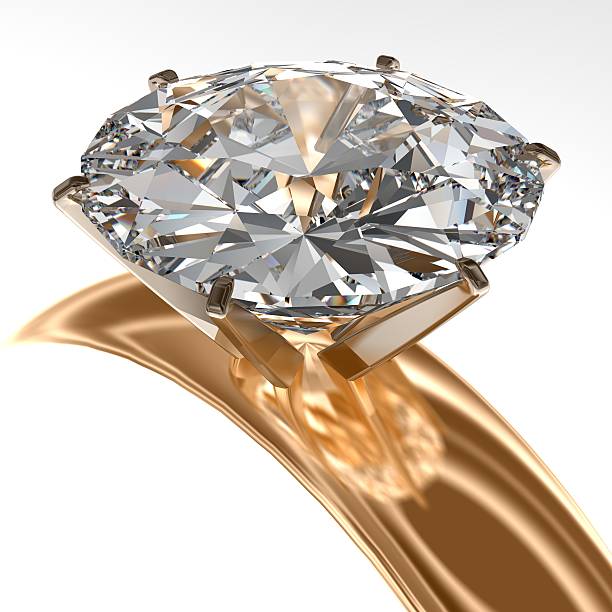All About Vintage Jewelry Value All Entries

Collecting vintage jewelry can lead to fascinating conversations about history as well as be a good investment. Although degraded old jewelry may not hold much value, jewels kept in relatively good condition can keep on gaining value. Here are important points to know if you plan on investing in the growth of vintage jewelry value.
What Vintage Jewelry Means
The term "vintage" is used loosely by consumers to mean anything old or nostalgic. In the jewelry industry though, the term has a narrower connotation, reflecting jewelry from an earlier era of 20 years and continuing back to a century ago. Older gems are considered "antiques." The use of these industry terms with the word "jewelry" means the gems are in their natural state and haven't been modified.
How Vintage Jewelry Value Is Measured
Is vintage jewelry priced the same way as new or recent jewelry? Part of the confusion surrounding evaluating jewelry is jewelers use different types of appraisals depending on the purpose. In order for an appraisal to be considered a legal document, the type of appraisal must be identified. Jewelry appraisals can be for retail placement, determining fair market value, and insurance purposes.
A major factor in determining vintage value of jewelry is craftsmanship, as customized cuts command higher values. Even though the gems come from nature, vintage jewelry typically was manufactured. Prior to the mid-twentieth century, jewelry was commonly made by hand. By the fifties, mass manufacturing of jewelry changed and broadened the industry. Consequently, machine-made jewelry typically isn't as valuable as handcrafted jewelry, but it can be.
Materials play into value, especially if they are rare diamonds or sapphires. Vintage jewelry can originate from a wide variety of materials from precious metals to gemstones.
Although modern jewelry designers apply stamps to their products to verify age, not all vintage jewelry has this date identification feature. In those cases, evaluation can be difficult to determine and may require a consensus of different professional gemologist opinions. Some of the most valuable vintage jewelry designer brands include Tiffany, Chanel, and Cartier.
While the main factors for evaluating diamonds for the past several decades have been cut, color, clarity, and carat, extra steps usually must be taken for gemologists to evaluate vintage jewelry. If the stamp were signed by a famous figure, it could be worth a fortune.
Reasons for Collecting Vintage Jewelry
Storing or growing value isn't the only reason collectors invest in vintage jewelry. Much of it loses value over time due to degradation. Pricing of an old European cut diamond is usually about 20 percent less than newer diamond jewelry with about the same carat weight.
So why invest in vintage? One of the main reasons beyond trying to grow or store value is sentimental symbolism. A diamond ring often has strong personal significance that money can't buy, especially if it's a wedding ring. One-of-a-kind vintage items can have both high sentimental and monetary value. Such items often are not traded for cash and handed down to a family's next generation.
Another reason for buying vintage jewely stems from being a fan of nostalgia, history, or gemology. Creating an interesting collection of gems can make an impressive display in an office or living room.
Conclusion
Understanding vintage jewelry value is essential if you plan on investing in such jewelry for future growth or other reasons. Again, not all vintage jewelry grows in value, and much of it is often for show. Contact Ralph Mueller & Associates for more information on determining the value of your jewelry.